Andri Snær Magnason is an Icelandic writer, born in Reykjavik on the 14th of July 1973. His first children’s book The Story of the Blue Planet won the UKLA Book Award in 2014. Here he talks about his newest book The Casket of Time, fairytales, climate change and the relief he feels at seeing children saving the world and bringing about change…

Without giving too much away can you tell us about your new book The Casket of Time?
It’s a story on two levels. A hybrid of Sci-Fi and Fairytale. A new invention, the TimeBox, comes along, something you put together at home with a hex key. The box has walls so tight that it seals you from time. In the box, a day, a week or a year passes like a second. You can use it to skip the useless days, boring moments or even the Trump years. Now, we spend for example one seventh of our life on Mondays, that is a huge waste of a precious life. This works fine until some economists predict a very bad year and people decide to skip the year. When they come out things don’t look better, so they skip the next year and then nothing really works anymore. One day some children escape from their boxes, they roam the abandoned city, where everyone seems to be under a spell, waiting for better times. They find this old lady, who tells them a story of the Princess of Pangea and her mad father, who had conquered the world, but demanded more time, to preserve his precious princess, to keep from the cruel and ruthless Time.
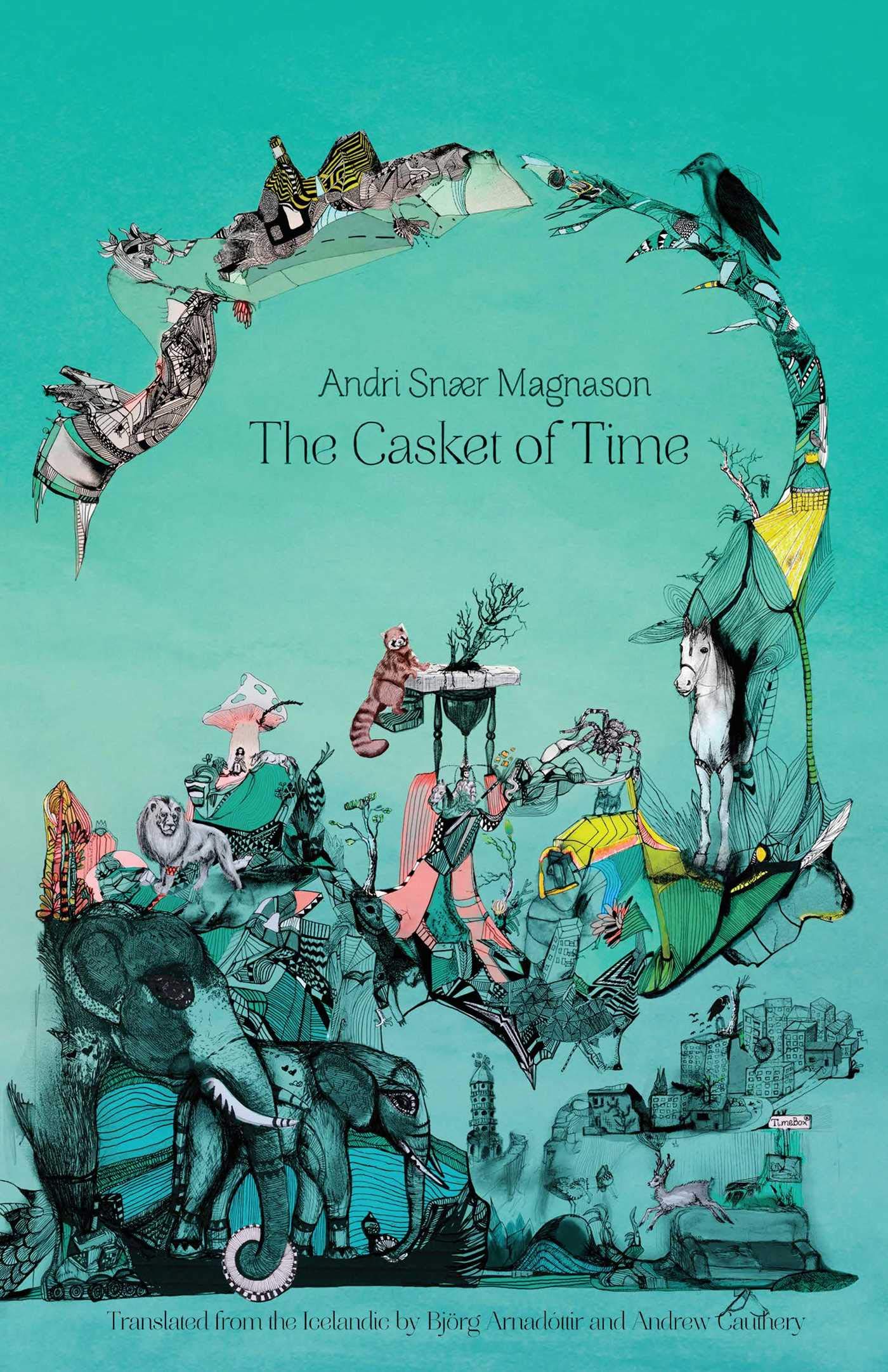
Fairy tales seem to play an important role in the story. Have you always been drawn to fairy tales? Did you have any favourites as a child?
As a child and teenager I was very drawn to folklore and fairytale. I had a few books with international fairytales and I had a 19th century collection of Icelandic folklore at home, about 5000 pages, indexed like it was natural history with elves, trolls and sorcerers: 1. Trolls seek revenge. 2: Trolls eat priests during Christmas… We also had lots of medieval literature, apart from the Sagas. I did not really read so much sci-fi or fantasy, but lots of stuff in the original versions like the mythological Eddas. As an Icelander, I can understand texts written in the 1200s and these stories felt “real”.
I remember that I started to read Tolkien and other fantasy books I felt like it was a “made up” world while the old books were on a blurred line between history and fantasy. My grandfather’s sister was actually a nanny for Tolkien in the 1930s in Oxford. She told me that he would sometimes sit outside the bedroom and listen, when she was telling his children bedtime stories from Iceland. My next step from the fairytales was poetry and then authors like Kurt Vonnegut, Italo Calvino, Brautigan and Bulgakoff, with fond memories of Mikael Ende and Astrid Lindgren.
How is The Casket of Time similar to The Story of the Blue Planet? How is it different?
I like playing with big elements and large themes. I like mythology and how you can use fundamental elements, like the sun and the moon. In The Story of the Blue Planet I am attempting to create a mythological story about living on a planet. Mythology normally happens with some kind of a middle earth, a flat world with larger monsters as you go further away. On the Blue Planet they go as far as they can – and meet someone that is exactly like them. I tried to keep that book as scarce as possible in descriptions and characters. I had been studying physics and was inspired by how you strip away all the extra nonsense to get an equation like e=mc2. So, I wanted to create a very clean parable of a planet where one single action becomes the root of poverty, inequality, deception and war.
In The Casket of Time I was inspired by the old fairytales. These magic caskets where someone would sleep for a hundred years. I wondered if it could have a function. What if it was woven with spidersilk that was so densely woven that time can’t penetrate the walls? So I decided to have it more complicated, a modern world and a story within a story that became the main story, a long gone world, the Kingdom of Pangea. In Icelandi, natural phenomena often have a mythical explanation. A valley is a troll’s seat, a gorge is the hoofprint of Odin’s horse. So I wondered, how did South America split from Africa? Maybe it was a kingdom that was split in half. The theme of a Princess and the mad King is of course the oldest in the world. I wondered if I could find yet another take on that, even some kind of depth in that theme. I hope I did!
The state of the planet and looking after our world seems to be an important theme in your stories. What was your reaction to the recent UK-wide climate strike carried out by students, in reaction to the failure of politicians to tackle the escalating ecological crisis?
After doing two “children save the world” books, I think it is a relief to see actual children becoming a global tipping point, saving the world and bringing real action. I am obsessed with time these days. If Gréta Thunberg becomes as old as my 95 year old Grandmother, she will be a cool old lady in the year 2098. She might have a 16 year old soulmate grandchild at that time. Someone she has known and loved for 16 years. That teenager will still be alive and talking about Gréta in the year 2170. That’s not an abstract calculation, it’s a fact of our continuity. The kids on strike have grandparents that know them and love them and these children will know and love someone that will be alive in the year 2170. Our culture does not seem to relate to our intimate time. We can’t even imagine the year 2050, when these kids have reached my own age. We should look at dates like 2100, look at the science, freak out for a moment and then rethink everything we are doing. 2100 is not beyond our reach. Its only half way.
What issues are there currently in Iceland, where you live, in terms of the environment?
I have been active in the fight to preserve the highlands of Iceland. But the biggest issues are of course global warming, which is melting the glaciers and heating the oceans, causing great change in all life on land and sea.
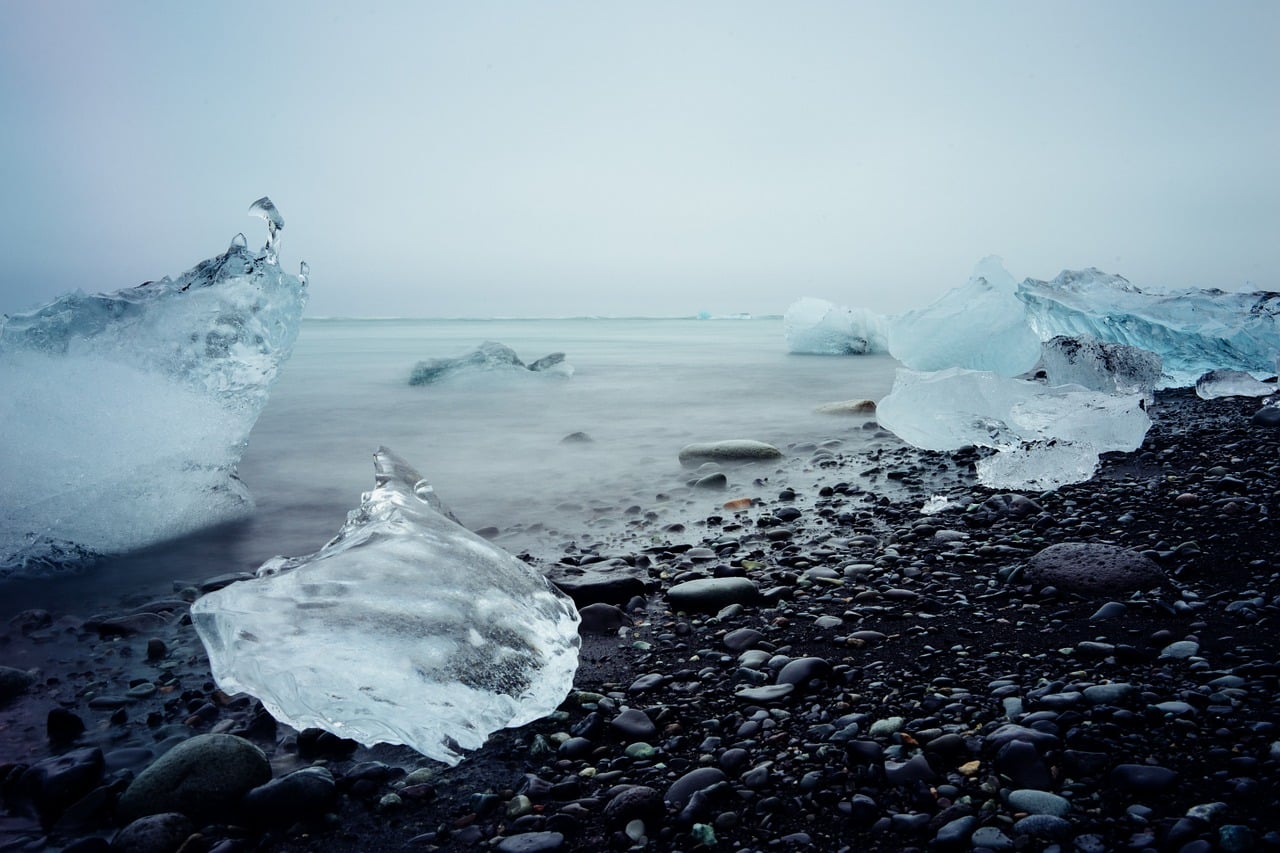
What advice would you give to young children who are concerned about the planet? What can they do to tackle these ecological issues?
They should strike every Friday because we are still all heading in the wrong direction and we are not taking things seriously.
We have to act very quickly and firmly to get CO2 emissions down as fast as possible. I tell them that in a graduation pep talk someone might tell them they can become anything they want to be. But there are so many things they should not want to become and so much talent needed in the right places. The scientific challenges are huge and there are so many things that need to be rethought, recalculated and remade. That applies to all fields: science, crafts, farming and culture. It might be a cliché, but the next 30 years will really define humanity and possibly no single generation has had a greater purpose: to rewind these problems and avoid terrible consequences.
What does a day in the life of Andri Snær Magnason look like when you’re writing? Do you have any writing rituals?
I don’t really have clear writing rituals and my writing habits are quite messy. I have four children, so my life is quite busy and I have to use the golden hours when they are at school. I am getting through the final draft of my next book so I write, get some coffee, write, get more coffee, scratch my head, try to go skiing to get fresh air, sometimes I get angry at the internet when it steals my time. Last week I went to a cabin up east, the most remote cabin in Iceland with no road access, and spent a week there. That was very nice.
What advice would you give to teachers about how to develop reading for pleasure in their classrooms?
I think it is quite simple. Choose a good book and read it together and then choose the next book! And maybe give them some insight into the creative process. And then have a good variety of books available, as children can have very different tastes. But of course, the competition is great – all these games and social media gobbling up our time!
Apart from your own books, are there any children’s books you’ve particularly enjoyed recently and would recommend?
I always reread Astrid Lindgren, and I have been reading Piers Torday and Katherine Rundell. Both are very good, entertaining authors. Then lots of Icelandic authors, such as Hildur Knútsdóttir and Sif Sigmarsdóttir.
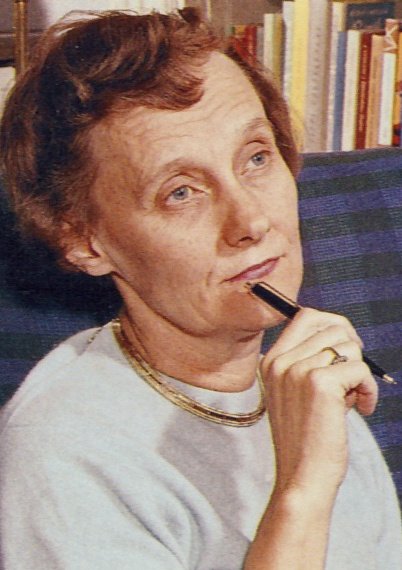
What are the main messages you hope children will take for The Casket of Time?
I hope of course some new ways of thinking, some wonder, some philosophy, some feeling of being lost in a story. There are perhaps a few messages: life is not always best when you are spared from doing difficult things or avoiding them. I hope it surprises them and maybe makes them think differently about the concept of time.
Finally, can you describe The Casket of Time in three words?
A timely fairytale!
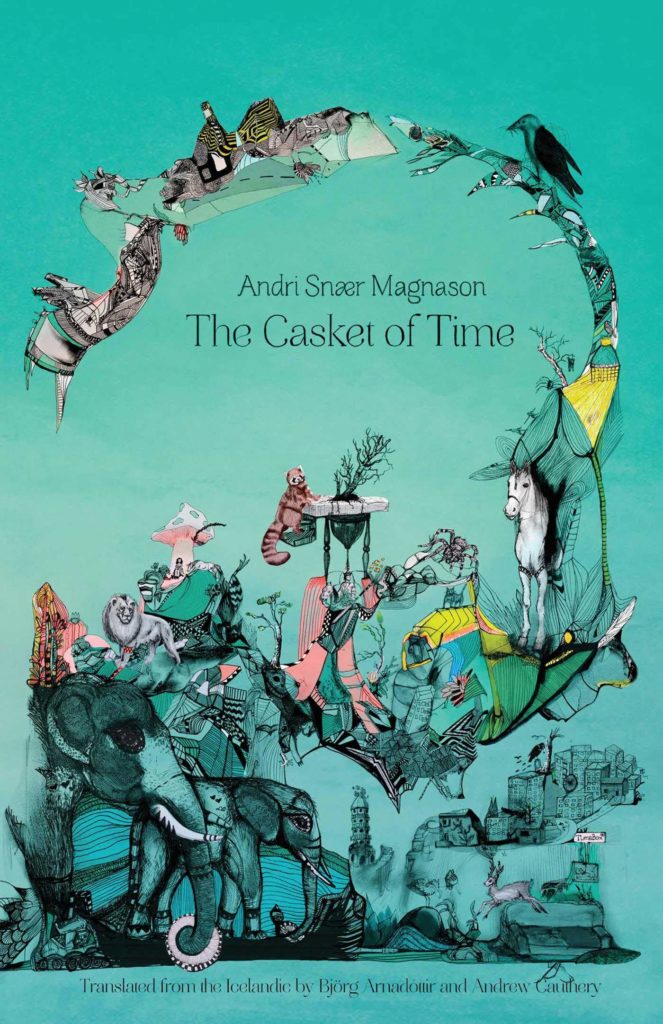
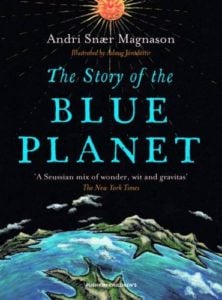
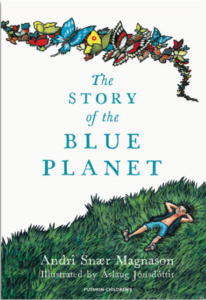


2 responses
am looking forward to reading the Casket of time!